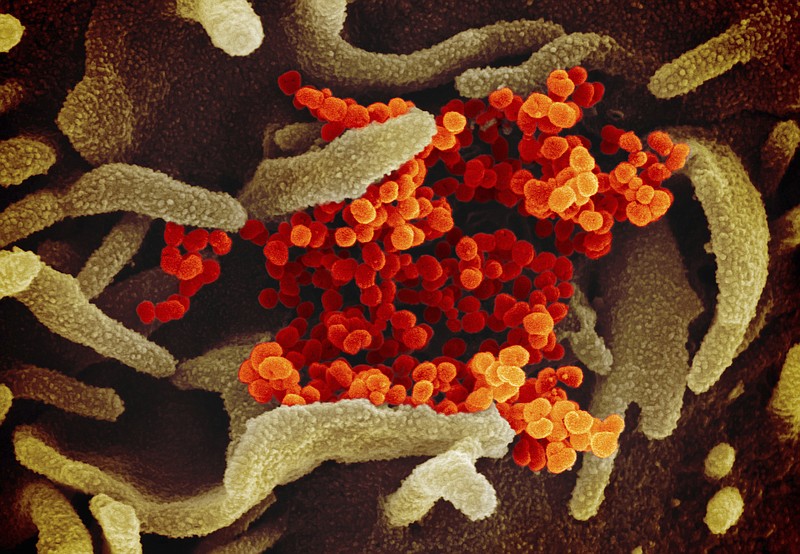From new cases and hospitalizations to deaths and recoveries, area counties are tracking a flurry of COVID-19 data to help officials and the public better understand the coronavirus pandemic and inform their decisions.
The number of cases, deaths and tests are often the most cited and readily available COVID-19 data. It's been a month and a half since the first COVID-19 case was confirmed in Hamilton County, and new cases have appeared to varying degrees across the region ever since.
Based on regional COVID-19 data as of April 30, Bledsoe County has the most reported coronavirus cases (594) and the most tests (3,533) since data collection began. All but nine of those cases are from an outbreak in a 2,539-bed correctional facility in Pikeville, Tennessee. None of those cases have resulted in death.
Hamilton County, the region's most populated county, had reported the second most cases (156) and tests (2,550), as well as the most coronavirus-related deaths (13).
The second most reported deaths (12) are in Gordon County, Georgia, where an outbreak in a 69-resident nursing home resulted in 51 confirmed cases in residents, 12 staff, as well eight resident deaths, according to the Georgia Department of Public Health.
McMinn County, Tennessee, also has a higher proportion of cases (92) and deaths (1) for the size of its population due to an outbreak in a nursing home in Athens, Tennessee.
Greg Heath, a public health professor and epidemiologist at the University of Tennessee at Chattanooga, said in an email that it's important for the public to understand these counties are "outliers," because the outbreaks in facilities account for a majority of their cases.
"The bump-up in cases in these counties no doubt reflect this," Heath said.
The data is also limited in that each state collects and shares its data differently. For example, Tennessee is testing residents regardless of symptoms and sharing all its testing data, whereas testing by public health departments in Georgia is more restricted, and the state doesn't share its number of negative test results at the county level.
Logan Boss, a spokesman for the Georgia Department of Public Health's Northwest Health District, said as of April 30 the district had tested 2,123 people - "a tiny sliver of our Northwest Georgia population."
Boss said the district's testing has produced less than 5% positives (compared to a statewide number of about 17%).
"It's hard to read anything into these results other than that they may indicate the small percentage of our population that's been exposed to and infected by the virus, another indication of just how far we have to go before the virus runs its course," Boss said in an emailed statement.
The Northwest Georgia Health District encompasses 10 counties, including Catoosa, Chattooga, Dade, Gordon and Walker in the Times Free Press' circulation area, as well as Bartow, Floyd, Haralson, Paulding and Polk counties. Murray and Whitfield counties are in a different district.
Dr. Lisa Piercey, Tennessee Department of Health commissioner, cautioned the public during a news briefing last week against making comparisons and generalizations based on any one data point.
"Don't get too excited - positively or negatively - when you see numbers fluctuate a little bit. It's the overall trajectory we're looking at," Piercey said, adding that the virus will spread differently in metropolitan areas versus rural ones.
"When you look at the population, particularly the density and the travel patterns among a metro population, those are a bit different than our rural and more sparsely populated areas," she said, "so we look at those differently."
Contact Elizabeth Fite at efite@timesfreepress.com.
